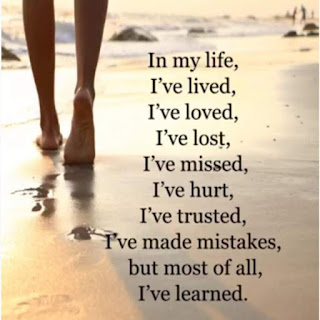🎧🎙 Pronunciation Practice fight (fáit) - pelea, pelear light (láit) - luz, liviano, claro might (máit) - poderío night (náit) - noche right (ráit) - correcto, derecho, justo sight (sáit) - vista tight (táit) - apretado, ajustado, tacaño alight (aláit) - encendido, iluminado blight (bláit) - frustrar, arruinar bright (bráit) - brillante, luminoso flight (fláit) - vuelo fright (fráit) - susto height (jáit) - altura, altitud knight (náit) - caballero plight (pláit) - situación difícil slight (sáit) - ligero, leve delight (diláit) - deleite, encanto, encantar insight (ínsáit) - intuición, perspicacia tonight (tchunáit) - esta noche upright (áp ráit) - erguido, vertical uptight (áp táit) - tenso, nervioso

